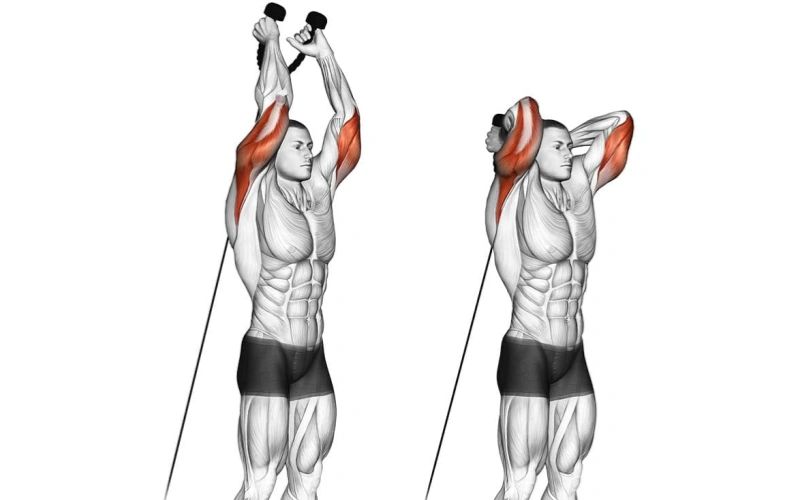Overhead tricep extension cable is a popular gym exercise. It helps you grow and shape your upper arms. This move focuses on the long head of your triceps.
You perform it using a cable machine. The cable gives steady tension from start to finish. This makes the exercise smooth and effective.
It works for all fitness levels. You can go light or heavy, depending on your goal. The form stays the same, no matter your strength.
Many lifters add it to their arm workouts. It is simple and safe. It fits well with other tricep exercises.
Target Muscles of the Overhead Tricep Extension Cable
The Overhead Tricep Extension Cable targets the long head of the triceps. The long head is the largest part. It plays a key role in arm size.
- Long head:
This part runs from your shoulder to your elbow. It helps give your arms size. It crosses the shoulder joint. This makes the exercise good for stretching and strengthening. - Lateral head:
The lateral head is on the outside of your arm. The long head is the main target, but the lateral head gets some work too. This helps improve overall arm shape. - Medial head:
The medial head is deep inside the triceps. It helps with pushing, but it is less activated in this exercise compared to the long head.
This exercise is great for targeting the long head. It helps build bigger, fuller arms. The overhead position stretches and activates the long head more than other tricep exercises.
How to Perform the Overhead Tricep Extension Cable
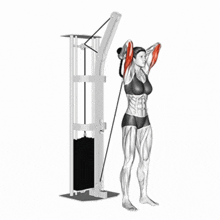
- Set up the cable machine:
Attach a rope to the low pulley of the cable machine. Stand facing away from the machine. - Grip the rope:
Hold the rope with both hands. Keep your palms facing each other. Step forward slightly to create tension in the cable. - Position your arms:
Raise your arms overhead. Keep your elbows close to your head. Your upper arms should stay still during the movement. - Perform the movement:
Bend your elbows. Lower the rope behind your head. Extend your arms back. Return to the starting position. Fully engage your triceps.
Mistakes to Avoid:
- Elbows flaring out: Keep your elbows; close to your head.
- Using momentum: Avoid swinging your body; focus on controlled movements.
Tips:
- Start with a lighter weight. Focus on perfecting your form.
- Keep your core engaged. This helps support your posture during the movement.
Benefits and Variations of the Overhead Tricep Extension Cable
Benefits:
- Targets the long head:
The overhead position works the long head of your triceps. It helps build arm size. - Continuous tension:
The cable keeps constant tension on your triceps. This makes the exercise more effective than free weights. - Improves arm symmetry:
This exercise helps fix muscle imbalances in your arms. - Suitable for all levels:
You can adjust the weight to fit your fitness level.
Variations:
- Single-Arm Overhead Tricep Extension Cable:
Use one arm at a time. This helps fix strength imbalances.
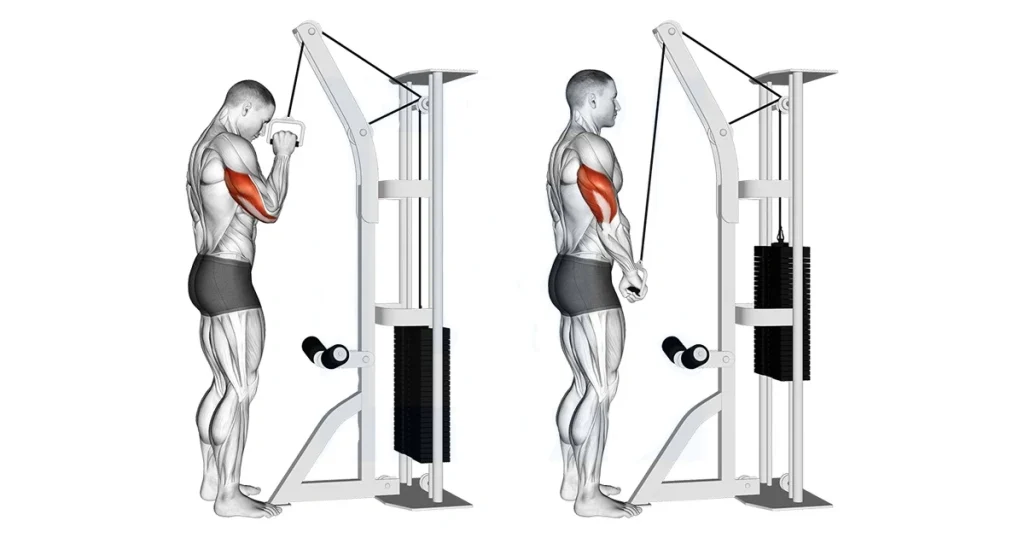
- Seated Overhead Tricep Extension Cable:
Sit down to limit body movement. This helps isolate the triceps.
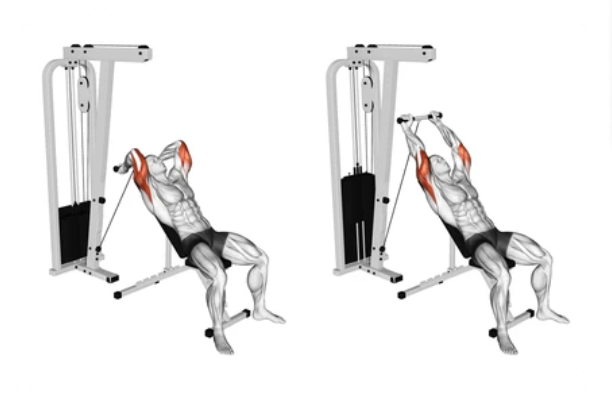
- Overhead Tricep Extension with Rope Attachment:
Use the rope for a more natural elbow path. This gives a better triceps squeeze.
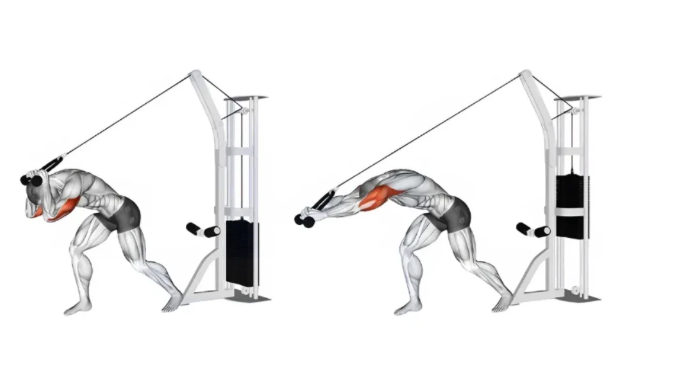
The overhead tricep extension cable is great for strength training and building arm size. It targets the long head of the triceps. The cable provides steady tension, making it more effective than free weights.
This exercise helps fix muscle imbalances. It also improves symmetry in your arms.
Add it to your routine for better triceps growth. Focus on control and avoid mistakes. Use variations to challenge yourself.
Stay consistent, and you’ll see results!
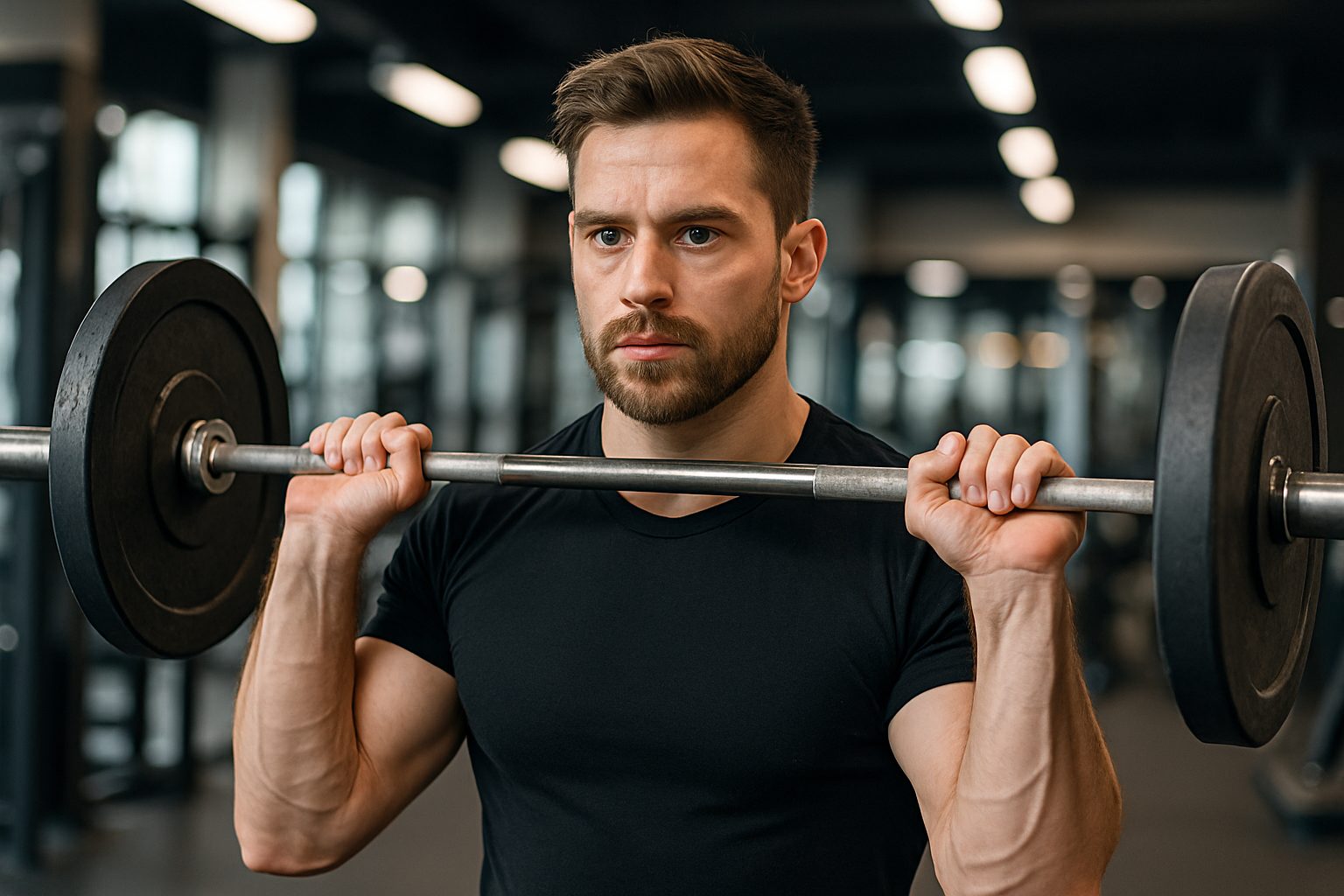
I’m Riley Williams, an editor for Leadman Fitness where we engineer bespoke strength equipment tailored to unique training goals. My expertise lies in home gym solutions, mobility tools, and injury-prevention gear, shaped by 8 years as a strength coach and rehab specialist. I know how subtle design flaws—a knurling pattern that blisters hands or a bolt that loosens mid-session—can derail progress.
I bridge the gap between our production team and everyday athletes: surveying garage gym owners, analyzing wear patterns on returned gear, and pressure-testing prototypes with physical therapists. My content cuts through marketing hype, focusing on practical fixes—whether you’re retrofitting a basement gym or sourcing commercial equipment that survives 24/7 use. If it’s in our catalog, I’ve stress-tested it myself.
